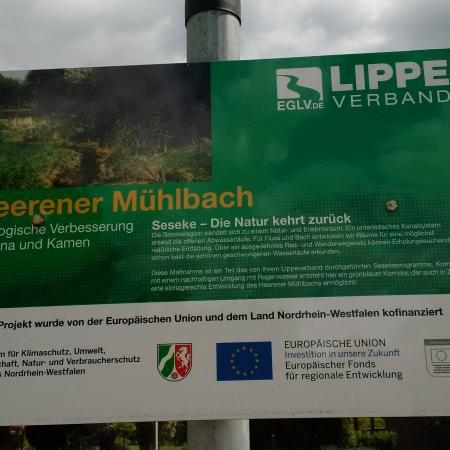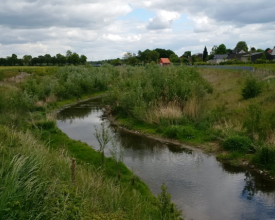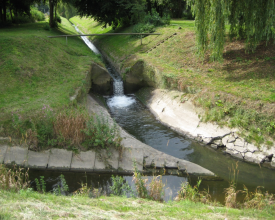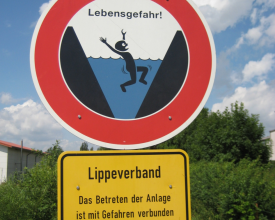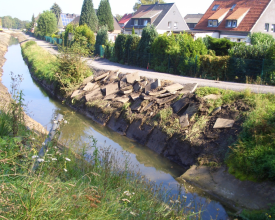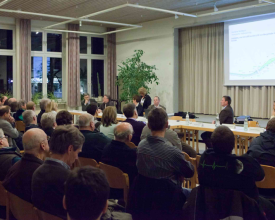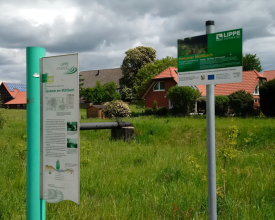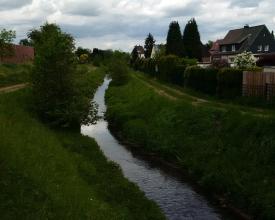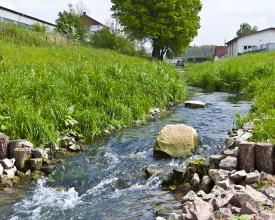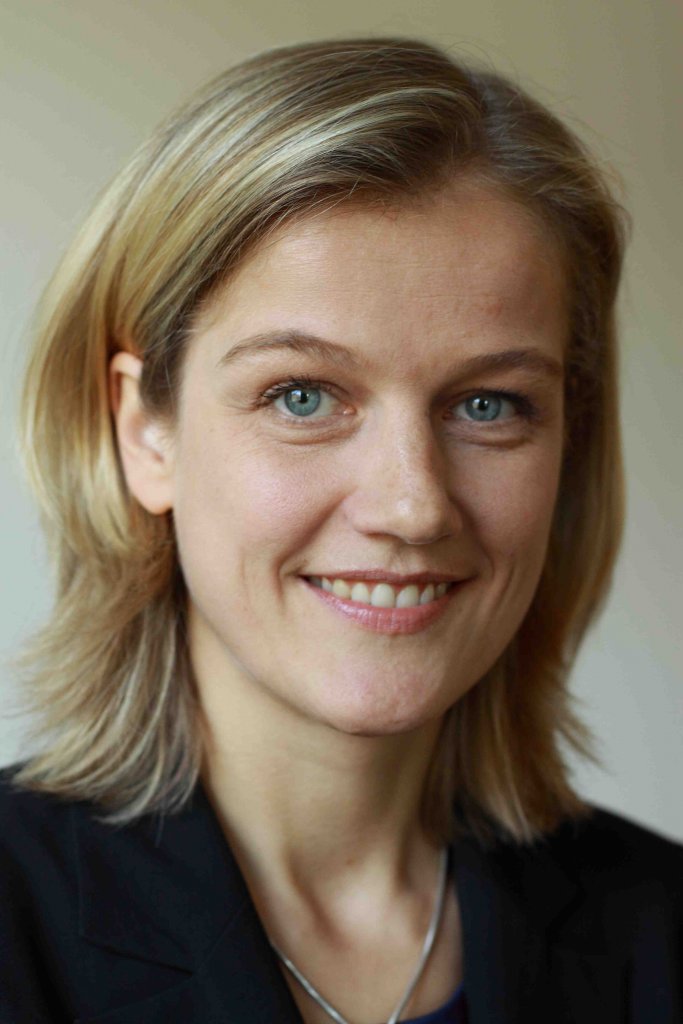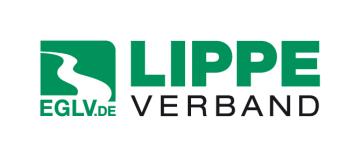
Green-blue climate corridor Kamen - Disconnection of rainwater from sewage systems to prevent urban flooding

Contexto
Défis à relever
Ubicación
Procesar
Summary of the process
The ecological improvement of the Heerener Mühlenbach brook by “Transforming the water body to nature-like banks” (BB3) in combination with the disconnection of storm water of the nearby paved areas is ready to make a significant contribution to weakening the potential impacts of climate change. If the effects of climate change do not come true as expected, the “Selection of no-regret adaptation measures” (BB2) will still allow for a number of benefits. Local inhabitants enjoy better living conditions with the recreational purposes the river now offers. “Engaging private citizens to implement adaptation measures” (BB1) is also a great opportunity to raise their general awareness of the water cycle and own responsibility for sustainable development. This was strongly supported by the “Communication strategy to increase understanding and support on flood prevention“ (BB4). At the level of the municipality, the city has become more attractive due to the ecological innovations. For the water board Lippeverband, such a no-regret measure is also a way to attain the EU Water Framework Directive, to reach better flood resilience and to allow for a more cost-effective water treatment.
Building Blocks
Engaging private citizens to implement adaptation measures
Enabling factors
Lesson learned
Selection of no-regret adaptation measures
Enabling factors
Lesson learned
Transforming the water body to nature-like banks
Enabling factors
Lesson learned
Communication strategy to increase understanding and support on flood prevention
Enabling factors
Lesson learned
Impacts
Beneficiaries
Sustainable Development Goals
Story
